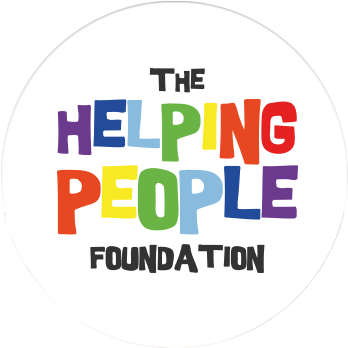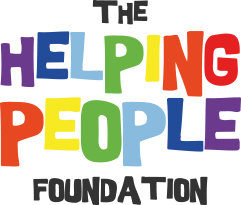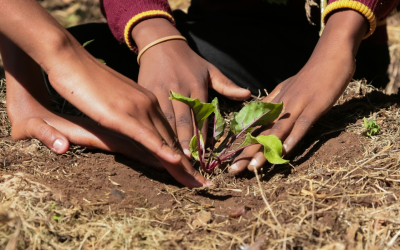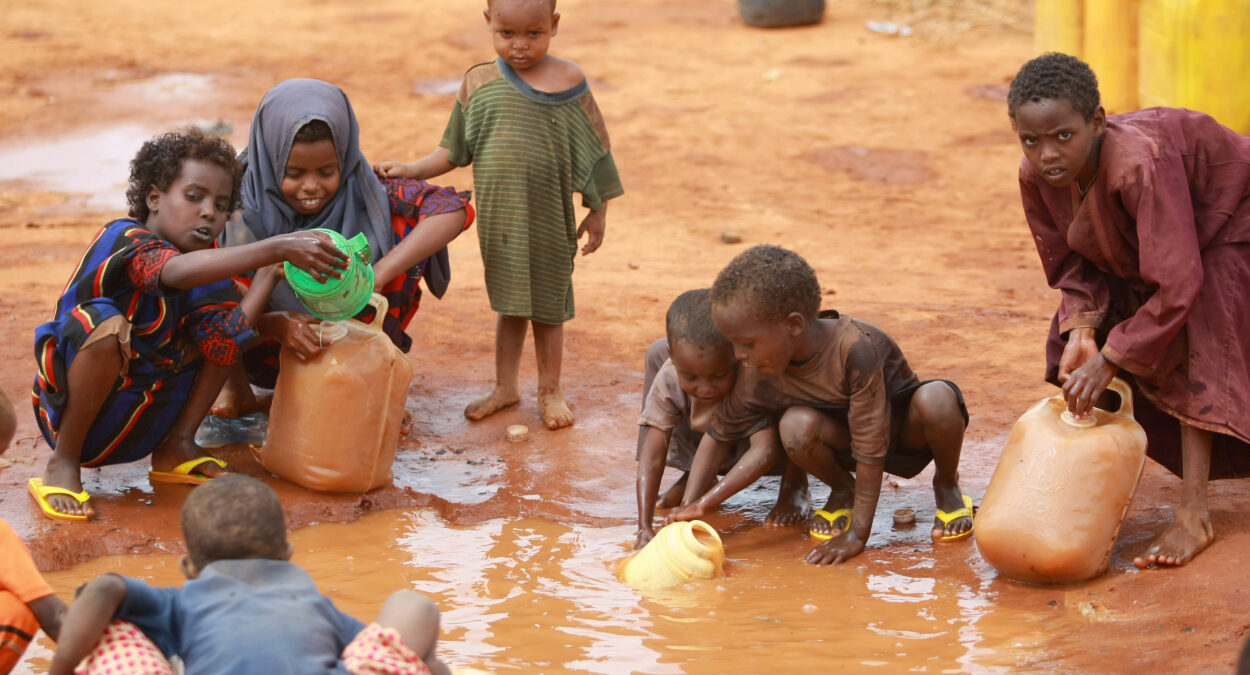CURRENT LIVING CONDITIONS IN SOMALIA
SCHOOL
The school system was also largely destroyed after the collapse of Somalia in 1991 and it was not until 1993 that local initiatives began to reopen the schools. Since 2012, responsibility for the curricula has officially returned to the respective education ministries of the regions. They have started to reunify the school system and most regions will have a three-tier education system with four years of free primary and secondary school. After that, there is the option of a secondary or intermediate vocational school. However, the regional initiatives are only partially willing to give up their autonomy again. The situation is aggravated by the fact that there are hardly any teachers and some of them are inadequately trained.
MEDICINE
The Somali health system was largely destroyed during the country's civil war and is therefore one of the weakest in the world. Especially in rural areas, Somalis have hardly any access to medical care. There are less than two health facilities and only nine hospital beds per 10,000 inhabitants. Moreover, there are only two health workers per 100,000 Somalis. There is no national health insurance system, which means that treatment usually has to be paid for. For example, public health facilities charge five to twelve USD and minor operations quickly cost 100 USD. However, the majority of health facilities are privately run.
Water
A total of 8.9 million people in Somalia suffer from poor water, sanitation and hygiene (WASH). Along the Jubba and Shabelle rivers, the situation is even considered life-threatening for one million people. In 2020, for example, there were repeated outbreaks of cholera and Acute Watery Diarrhea (AWD) due to the poor hygiene situation. A total of 4.6 million Somalis are therefore in need of humanitarian WASH assistance, of which 10% have no access at all and 41% have no regular access to a clean drinking water source, and for 30% of the population in need of assistance, access to water is more than a 15-minute walk from their homes (as of 2021). Water scarcity aggravates unrest in the country, as water is a trigger for fighting and displacement. In addition, between October 2020 and July 2021 alone, 116 000 people had to leave their home region due to water shortages.
nutrition
Somali cuisine is diverse and Ethiopian or Italian influences can be found, for example, depending on the region. Important staple foods include rice, milk, ghee and maize, as well as beef, goat, lamb or camel meat. However, drought, floods and war have repeatedly led to crop failures and famine in the past. In 2020, Somalis were hit by three disasters at once: A flood of the century, a plague of desert locusts and the Covid-19 pandemic. As a result, prices for basic foodstuffs have risen sharply. Somalia is currently ranked 116 out of 116 countries in the World Hunger Index 2021, making it the country with the most severe hunger situation of all the countries surveyed.
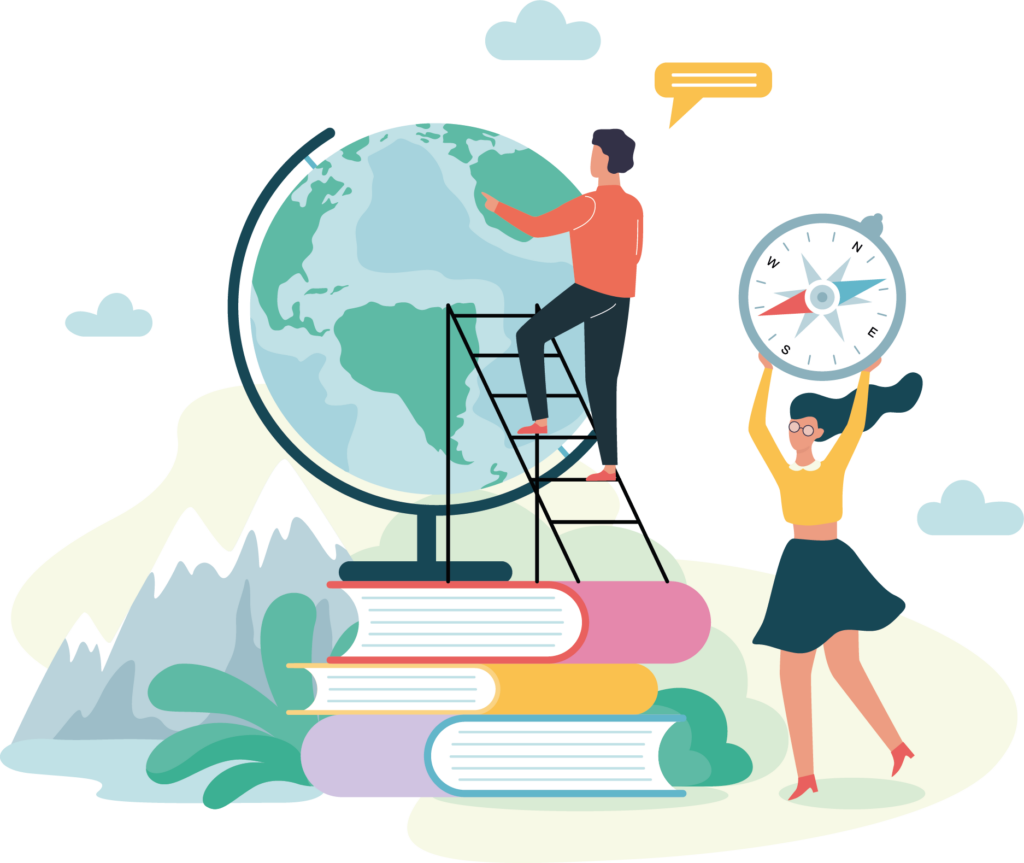
GEOGRAPHY
Somalia, with its capital Mogadishu (cf. Ministry of Foreign Affairs), is the easternmost country in Africa and has about 16 million inhabitants (cf. statista). The country borders the countries of Djibouti, Ethiopia and Kenya, as well as the Indian Ocean.
The Gulf of Aden runs along the northern part of the country and provides access to the Suez Canal. With an area of 637,657 km² (cf. goruma), Somalia is about 1.8 times the size of Germany. In the far north on the border with Ethiopia is the Somali Plateau; the rest of the country is flatland. Due to the hot temperatures, the landscape is characterised by steppes and semi-deserts, but the south is considered fertile, because the Jubba and Shabelle rivers flow through it. Both are the only bodies of water in Somalia that carry water all year round.

HISTORY
COLONIALISM
Somalia's situation today cannot be understood without a look at the country's (colonial) history. With the completion of the Suez Canal, the region became strategically interesting for European colonial powers. In the last three decades of the 19th century, Italy (South and Central Somalia, Puntland), France (Djibouti), Great Britain (Somaliland) and Ethiopia (Ogaden) colonised the region and divided the Somali territories among themselves. The humiliation felt by many Somalis as a result is still the basis of many lines of conflict and unrest in the country today. On the one hand, the militant anti-colonial resistance still provides the starting point for the Islamism and nationalism propagated in the country. In addition, an enmity between Ethiopia and Somalia manifested itself, which continues to this day, but also the bad relationship of many Somalis with Europe continues to this day.
THE BARRE REGIME
In 1960, the Italian and British colonies gained their independence and were united as a republic under the name Somalia. In 1967, however, there was a military coup, in the course of which Mohamed Siad Barre was appointed head of state. Due to a lost war against Ethiopia, mismanagement and corruption by the Barre regime, Somalia's economy was on the verge of collapse in 1987. A civil war then broke out between the Barre regime and individual clans and groups. In 1991, the regime was finally overthrown. The removal meant de facto total collapse for large parts of Somalia. The various civil war parties could not agree on a new state power and fought each other. The political situation led to great poverty in the country. In 1993, for example, fighting destroyed the entire harvest in the south; according to estimates, around 250,000 people died of hunger or as a result of fighting and several hundred thousand fled the regions.

ECONOMY
Somalia is already one of the poorest countries in the world and the economy currently is in a severe recession due to the triple crises of floods, desert locust plague and COVID-19 pandemic. The share of agriculture in gross value added is 60.2%. In total, 80.3% of all employed persons work in the agricultural sector, 17.3% in the service sector and 2.4% in the production sector.
Somalia's main exports are precious stones and metals (52.6%), followed by oilseeds and oleaginous fruits (12.6%) and fish (10.7%). The main export countries are the United Arab Emirates, Oman and Algeria. In contrast, the main import goods are tobacco, sugar and sugar products as well as electrical machinery. However, the existing international trade networks are controlled by a small group of wealthy businessmen. However, due to the overall tense situation caused by the COVID-19 pandemic, referrals have already decreased by 61% in the first half of 2020.

CURRENT POLITICAL SITUATION IN SOMALIA
It was not until 2012 that a permanent government was to be re-established after numerous interim solutions. In parallel, a new constitution was adopted, which was drafted with the support of the Max Planck Institute for Comparative Public Law and International Law. This was to be accompanied by gradual liberalisation of the electoral law; so, elections were held again for the first time in 2017, with around 14,000 delegates entitled to vote. Mohamed Abdullahi Mohamed won. Even today, corruption is omnipresent; the judiciary, the public administration and the security apparatus are poorly organised and politically influenced. The implementation of the electoral law, which provided for the direct election of parliament according to the principle of equality, was also delayed. In April 2021, the President passed a law that would keep him in office for two more years without an election. As a result, street fighting broke out in Mogadishu with many dead. The President finally relented, but there is no direct election. The election process has currently begun and is expected to be completed by 24th December (as of 2021).
DANGER FROM TERRORIST ORGANISATIONS
Besides the ongoing natural disasters, insurgent groups remain one of the biggest threats to peace and security in the country. To disrupt the election, they intensified attacks and assassinations of government employees in 2021. In addition, about 1,000 civilians were killed or injured in armed conflicts in 2021. The terrorist organisation al-Shabaab is responsible for most of the victims; it still controls areas in southern and central Somalia, including larger cities. In northern Somalia, too, al-Shabaab has been able to expand its presence again in recent years, and it also regularly carries out attacks throughout the country.
Sources:
auswaertiges-amt.de; URL: https://www.auswaertiges-amt.de/de/ReiseUndSicherheit/somaliasicherheit/203132 (last accessed 17.02.2022)
goruma. Somalia: geography, map; URL: https://www.goruma.de/laender/afrika/somalia/landkarte-geografie (last accessed 17.02.2022)
statista. Somalia: Total population from 2010 to 2020(in millions inhabitants); URL: https://de.statista.com/statistik/daten/studie/418463/umfrage/gesamtbevoelkerung-von-somalia/ (as at: 21.01.2022)
